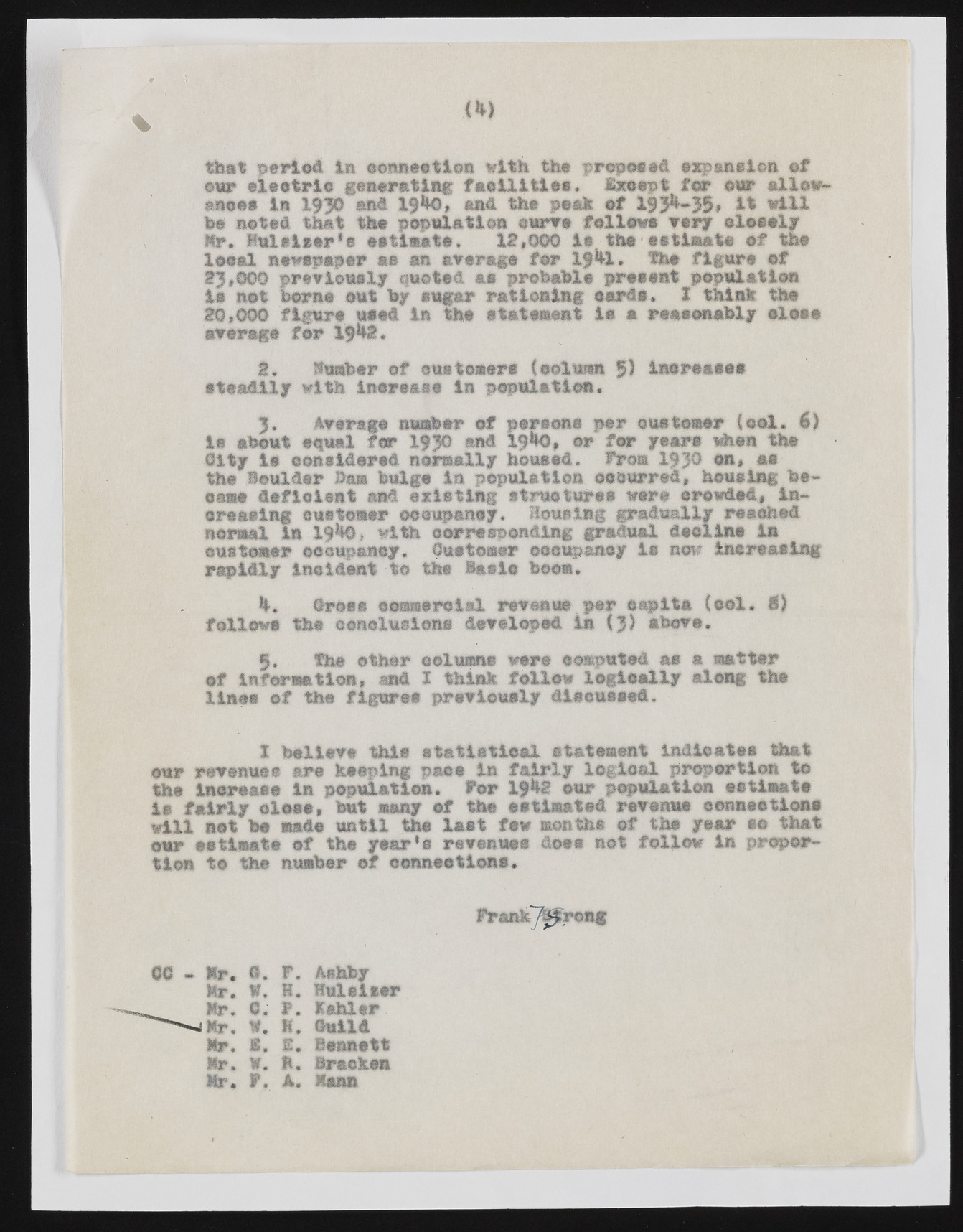Copyright & Fair-use Agreement
UNLV Special Collections provides copies of materials to facilitate private study, scholarship, or research. Material not in the public domain may be used according to fair use of copyrighted materials as defined by copyright law. Please cite us.
Please note that UNLV may not own the copyright to these materials and cannot provide permission to publish or distribute materials when UNLV is not the copyright holder. The user is solely responsible for determining the copyright status of materials and obtaining permission to use material from the copyright holder and for determining whether any permissions relating to any other rights are necessary for the intended use, and for obtaining all required permissions beyond that allowed by fair use.
Read more about our reproduction and use policy.
I agree.Information
Digital ID
Permalink
Details
More Info
Rights
Digital Provenance
Publisher
Transcription
% <*> that period in connection with the preposed expansion of oar elestrie generating facilities. Except for oar allowances in IfJO and lfbo, and the peak of lf3ifr~3S>* 1 * will be noted that the popalatlon caret follows eery closely Hr* Hnlelter'e estimate. 12,000 le the estimate of the Xoeal newspaper as an average for Ifhi. the figure of 23.000 previously quoted as probable present popalatlon is not borne oat by sugar rationing eards. 1 think the 20.000 figure used In the statement is a reasonably eloao average for l$b2 . 2. dumber of customers (column 5 } inoreasss steadily with Increase in population. 5 . Average number of persona per customer (ool. 6) le about equal for lf30 and lfbo, or for years when the City is oonsidored normally boused, from 19J9 on, as the Boulder Bam bulge in population occurred, housing be- oams dsfiolent and existing structurss wsre erowdsd, increasing customer occupancy. Housing gradually rsaohed normal in 19bQ, with corresponding gradual decline in customer occupancy. Customer occupancy is nor increasing rapidly incident to the Basic boom* b. Ores* oommeroial revenue per capita (ool. 5) follows the conclusions developed in (3 ) above. 5 . The other columns were computed as a matter of information, and X think follow logically along the lines of the figures previously discussed. X believe this statistical statement Indicates that our revenues are keeping pace in fairly logical proportion to the Increase in population. For lfb2 our population estimate is fairly oloss, but many of the estimated revenue connections will not bo made until the last few months of the year so that our estimate of the year’s revenues does not follow in proportion to the number of eenneetlone. Franky^rong

